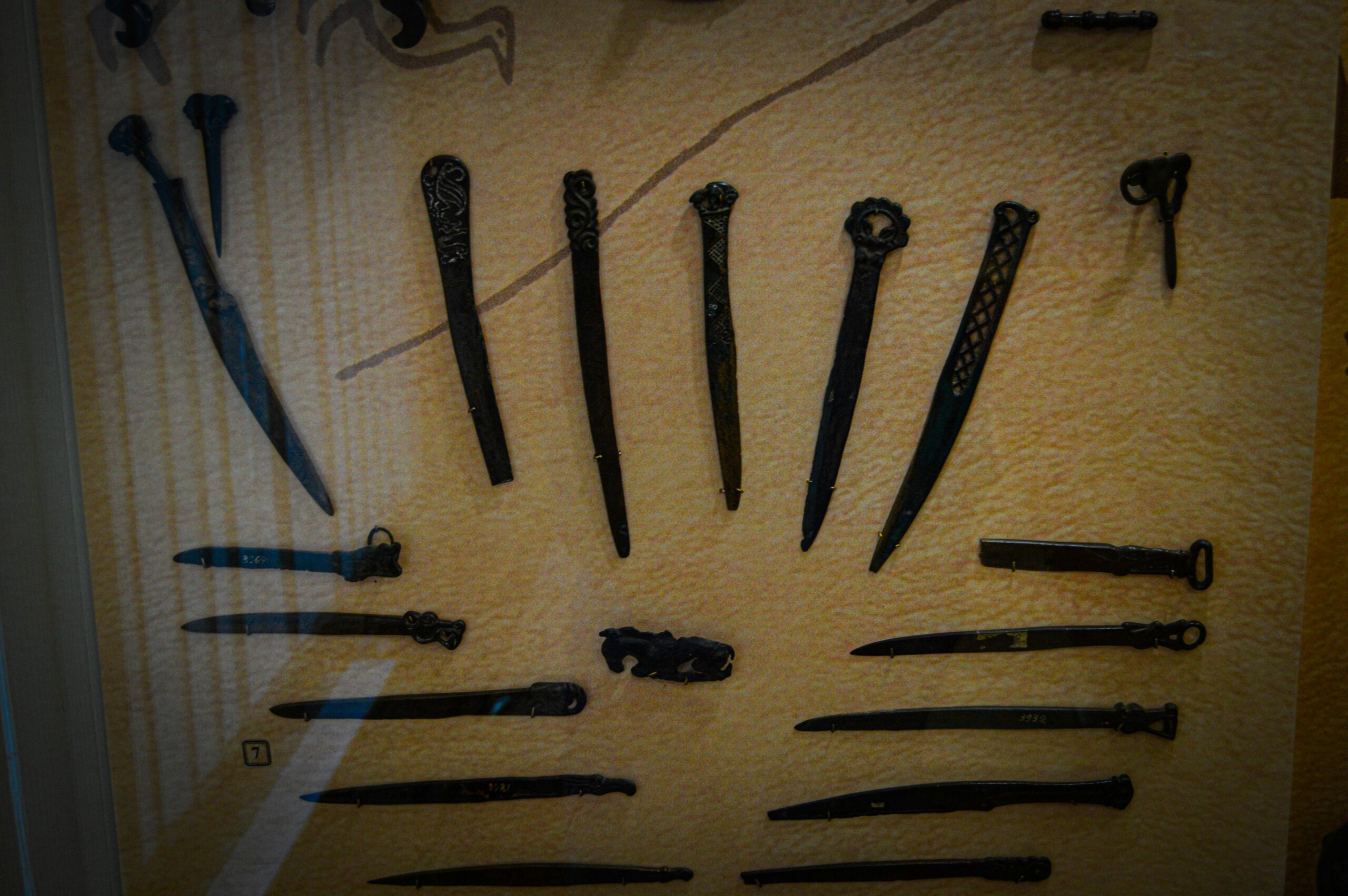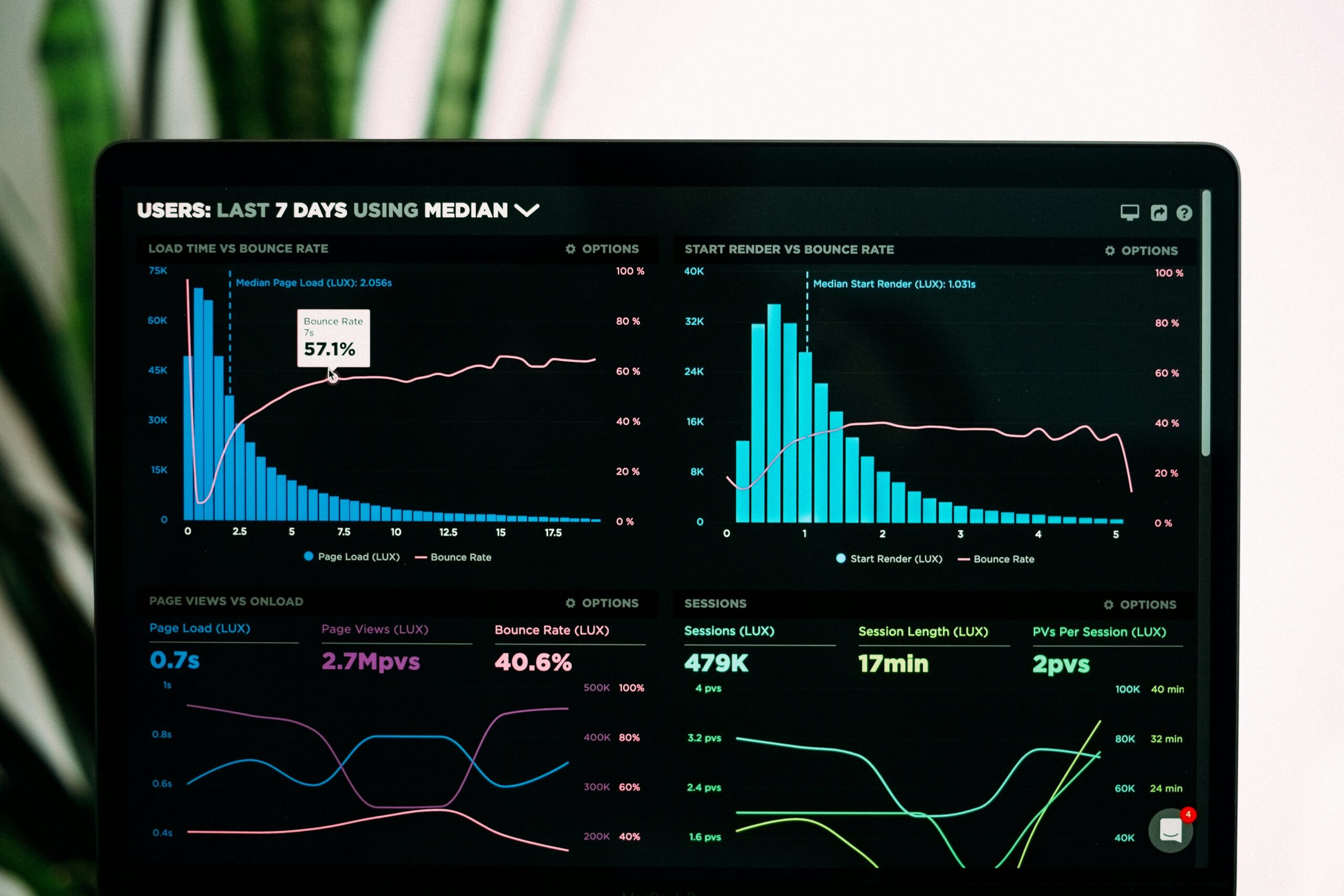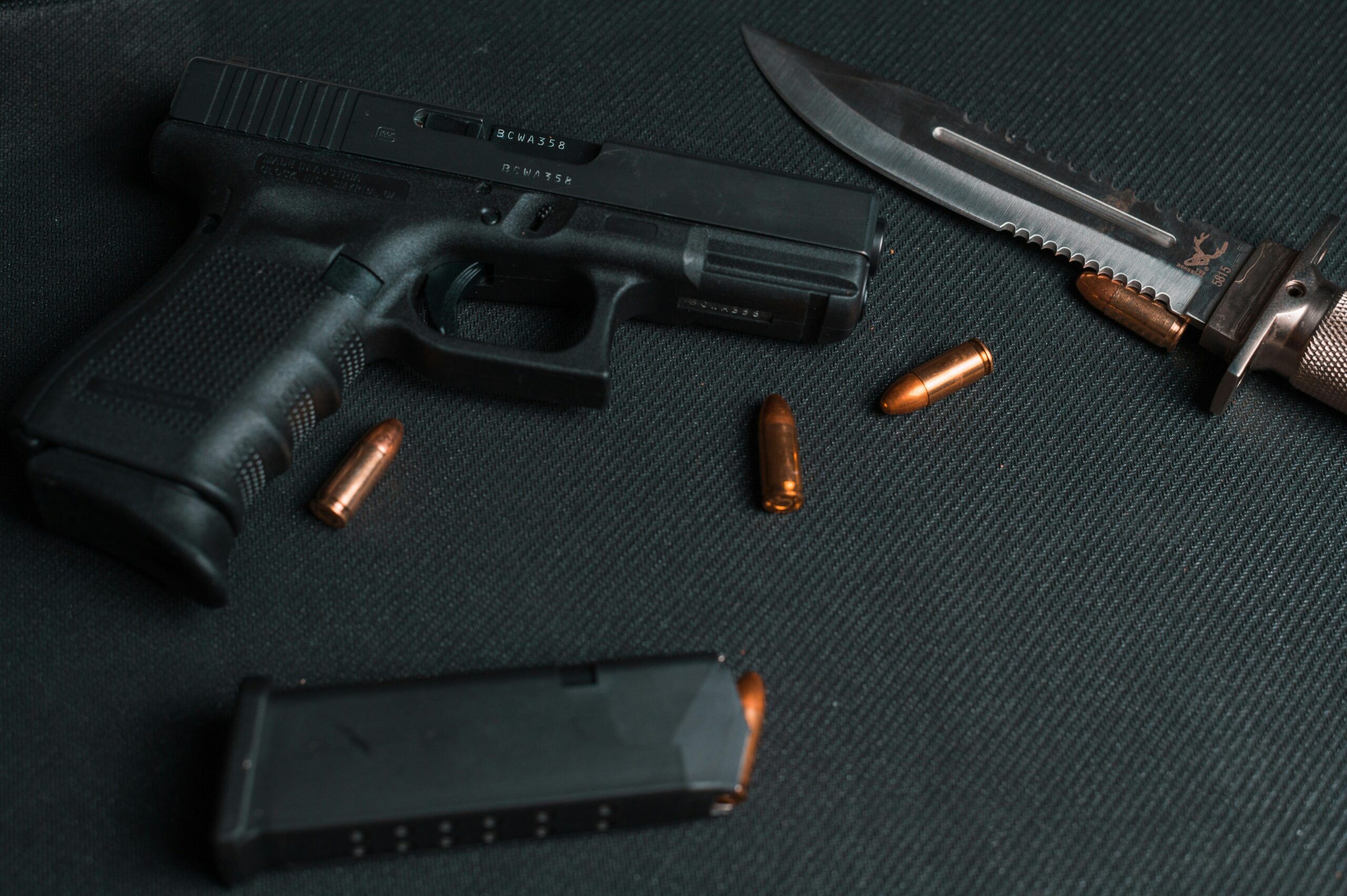Table of Contents
- Introduction
- Key Takeaways
- Why Apex Weapon Damage Stats Matter
- How to Analyze Apex Weapon Damage Stats
- 5 Tips for Using Apex Weapon Damage Stats Effectively
- Real-World Examples from Apex Legends Pros
- FAQs About Apex Weapon Damage Stats
- Conclusion
Introduction
Ever wondered why your favorite Apex Legends streamers always seem to win gunfights while you’re stuck reloading? Spoiler alert—it’s not just aim. Understanding Apex weapon damage stats can be the difference between clutching that win and watching your teammates collapse under pressure.
In this guide, we’ll dive deep into the intricacies of Apex Legends’ weapons, uncover their hidden stats, and arm you with strategies to dominate in the global series. By the end of this post, you’ll know how to optimize your loadouts, adapt mid-game, and use weapon stats to outplay opponents. Let’s get started!
Key Takeaways
- A thorough understanding of Apex weapon damage stats is crucial for competitive gameplay.
- Different weapons excel in specific scenarios—know when to swap!
- Meta shifts happen frequently, so staying updated on patch notes is essential.
- Practice makes perfect—but so does analyzing pro plays and stats.
Why Apex Weapon Damage Stats Matter
If you’ve ever gone toe-to-toe in an Apex Legends match only to lose because your weapon didn’t perform as expected, you’re not alone. Here’s a personal confession: I once ran into a fight with a Mozambique thinking “close-range beast mode.” Spoiler: It was more like “close-range disaster zone.”
The truth is, without knowing the exact numbers behind each weapon’s performance, you’re essentially flying blind. Would you trust a chef who eyeballs every ingredient instead of measuring? Nope. And yet, too many players ignore these critical stats.

How to Analyze Apex Weapon Damage Stats
So, how do you even begin making sense of all these stats? Don’t worry—I’ve got you covered. Follow these steps:
Step 1: Learn the Basics
Start by familiarizing yourself with core metrics like:
- Damage Per Shot (DPS)
- Effective Range
- Rate of Fire (ROF)
- Magazine Size
Step 2: Compare Weapon Types
Know whether an assault rifle or sniper rifle suits your playstyle better. For example:
- R-301 Carbine: High ROF, low-mid range dominance.
- Kraber: One-shot headshots, but limited ammo.
Step 3: Stay Updated
Patch updates often tweak weapon stats. Missing a nerf could cost you dearly.
5 Tips for Using Apex Weapon Damage Stats Effectively
- Tailor Your Arsenal: Stick to one or two guns per class to master them fully.
- Use Attachments Wisely: Some attachments increase DPS significantly; others prioritise stability.
- Adapt Mid-Game: If enemies are using shotguns, switch to something faster-firing.
- Leverage Team Synergy: Coordinate with teammates to cover different ranges.
- Ignore Meta Trends: Terrible Tip Alert! Blindly following trends without testing what works for YOU can backfire.

Real-World Examples from Apex Legends Pros
Let’s take a look at some pro-level decisions:
- Example 1: In ALGS Season 6, a player used the Wingman + Skullpiercer combo to secure consistent eliminations.
- Example 2: Pro team X opted for Peacekeepers early game due to map control advantages.

FAQs About Apex Weapon Damage Stats
What are the best close-range weapons?
The Mastiff and Peacekeeper reign supreme here thanks to high burst damage.
How important is reload speed?
Critical! A well-timed reload can save your life—or cost it if timed poorly.
Do gold-tier attachments guarantee better performance?
Not always. Gold barrels reduce recoil, but sometimes a purple heavy stock might suit your playstyle better.
Conclusion
We’ve covered everything from decoding apex weapon damage stats to applying those insights in real matches. Now go forth, armed with knowledge sharper than a Hemlok bullet. Remember:
Optimist You: “I’m gonna climb ranks now!”
Grumpy You: “Ugh, fine—but only if my ping cooperates.”
“Like a Tamagotchi, your gaming skills need daily care.”


